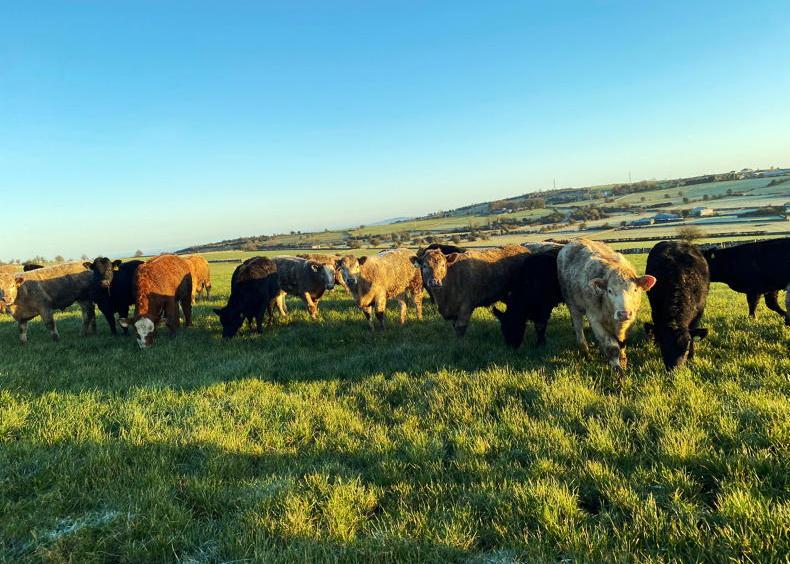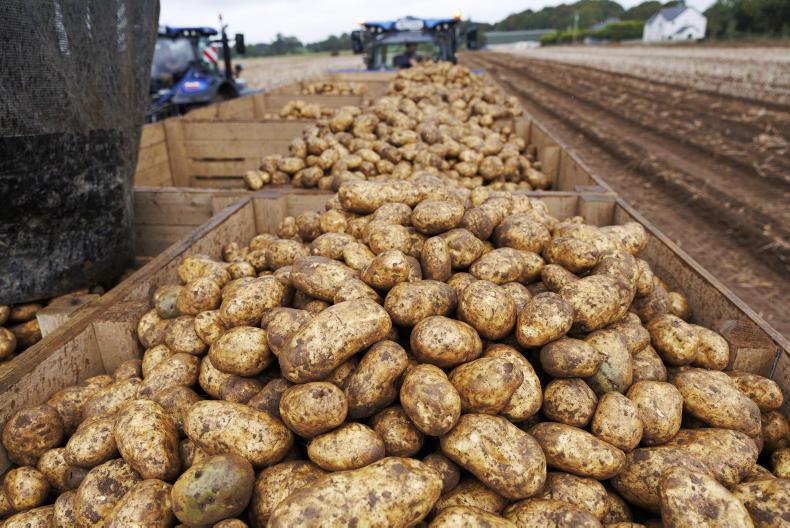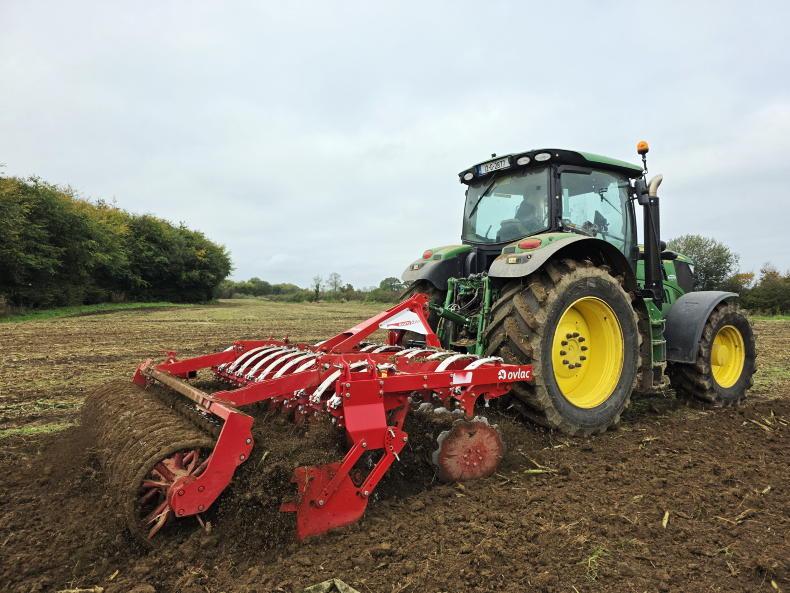According to Glenn Judson, a nutritionist with Agricom, DLF’s partner in New Zealand, plantain is more at home in Ireland than it is in New Zealand, with native plantain growing in hedgerows and along roadways on many Irish farms.
This is potentially good news for Irish farmers when one considers the important characteristics of plantain and how it can be so beneficial for animals and the environment.
Glenn was speaking to the Irish Farmers Journal about the launch of a new plantain variety on the Irish market called Ecotain.
The variety was bred in New Zealand and was used in all of the recent Dairy NZ trial work on plantain, which proved very beneficial in terms of water quality.
Ecotain will be available as part of the DLF multispecies and grass and clover seed mixtures this year.
Glenn says that those studies found that Ecotain has four beneficial mechanisms. The first is that when cows graze swards with plantain, they excrete less nitrogen in their urine.
He says that, ordinarily, when cows graze ryegrass-based swards, 50% of their nitrogen intake is excreted in the form of urine whereas that is reduced to 30% of nitrogen being excreted in urine when animals are grazed swards with plantain.
The rest of the nitrogen is excreted through dung or through milk.
The second feature of plantain is that cows grazing plantain-based swards urinate more often, meaning that the concentration of nitrogen in the urine is much less.
Glenn says the concentration of nitrogen in each urine splash is about 50% less when animals are grazing plantain, meaning there is less nitrogen available for leaching.
The third property of plantain, according to Glenn, is that it contains certain compounds, not seen in ryegrass that delay and slow down the process of converting urinary nitrogen to nitrate.
Nitrate is readily available for leaching, whereas ammonia-based nitrogen is still plant-available but not available for leaching.
Glenn says that urine splashes in plantain-based swards hold their nitrogen for about one month longer than urine splashes on ryegrass-based swards.
The other key property of plantain is that the plants themselves reduce nitrogen leaching
“It probably helps to explain why dung-pads are not such of an issue on multispecies swards.
“The nitrogen from urine is more evenly distributed and it hangs around in the soil longer, meaning plants can utilise it for longer,” Thomas Moloney of DLF says.
The other key property of plantain is that the plants themselves reduce nitrogen leaching. So, while the first three properties of plantain are ‘cow factors’ when cows graze plantain, the fourth property shows that plantain reduces leaching.
He says that in experiments where cows were grazed ryegrass, but their urine was applied to plantain swards, there was still a reduction in nitrogen leaching.
Glenn says that Ecotain has been proven to possess all of these properties, while some other plantain varieties may have some, but not all of them.
In terms of plantain contents, he says that 30% plantain content in the sward is optimal for a 20% to 60% reduction in nitrogen leaching.
Highest risk time
Interestingly, because autumn is the highest risk time for nitrogen leaching having high plantain content in the autumn is more important.
Glenn says that oversowing plantain with fertiliser is working well in New Zealand, although Thomas is less certain it will work in Ireland. The recommended seeding rate is 1.5kg/acre at reseeding.
It’s a smaller seed than clover so a small quantity will deliver a large number of plants.
Glenn says that where it is difficult to establish clover it will be difficult to establish plantain.
However, it has a more active all-year-round growth pattern than clover and Ecotain is said to be good on over-winter growth.









SHARING OPTIONS